If you love visiting villages, you know that every place is a treasure trove of history and traditions. Picturesque, scenic and authentic, they are always a great idea for a trip out of town; and if the charm of the old village is combined with the pleasure of good food, you really can’t resist.
As ambassadors of Emilia Romagna – the region where good food is almost a religion – we could not fail to propose an ideal tour in 9 stages dedicated to local delicacies.
Let us treat you to this tour of the most appetising villages in Emilia-Romagna: a journey in search of delicious dishes and products, to be tried at least once in a lifetime.
Bobbio (PC) - Maccheroni alla Bobbiese
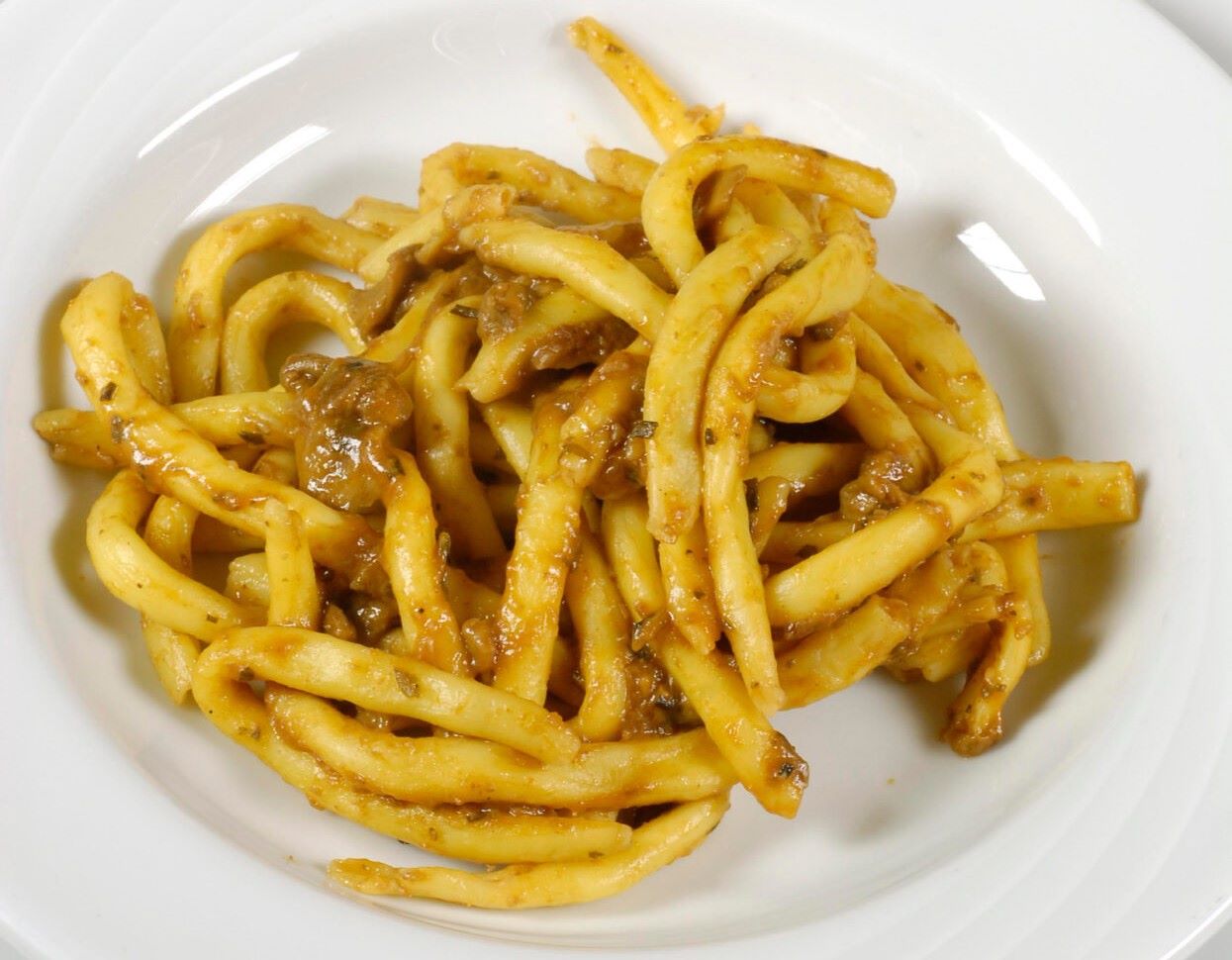
One of Italy’s Most Beautiful Villages, Bobbio needs little introduction. From the Gobbo Bridge over the river Trebbia to the former Monastic Complex of San Colombano, this small town is undoubtedly worth the trip for its timeless charm and mysterious legends.
Not everyone knows, however, that Bobbio guards another succulent treasure. We are talking about Maccheroni alla Bobbiese, traditionally prepared for the Feast of St Colombano, on 23 November, but now available all year round in the town’s restaurants. The peculiarity of this tasty dish is that the dough – made of flour, eggs and oil – is wrapped around a knitting needle, creating the typical bucatino shape. Once ready, they are usually served with stracotto sauce.
Borgotaro (Parma) - Mushrooms
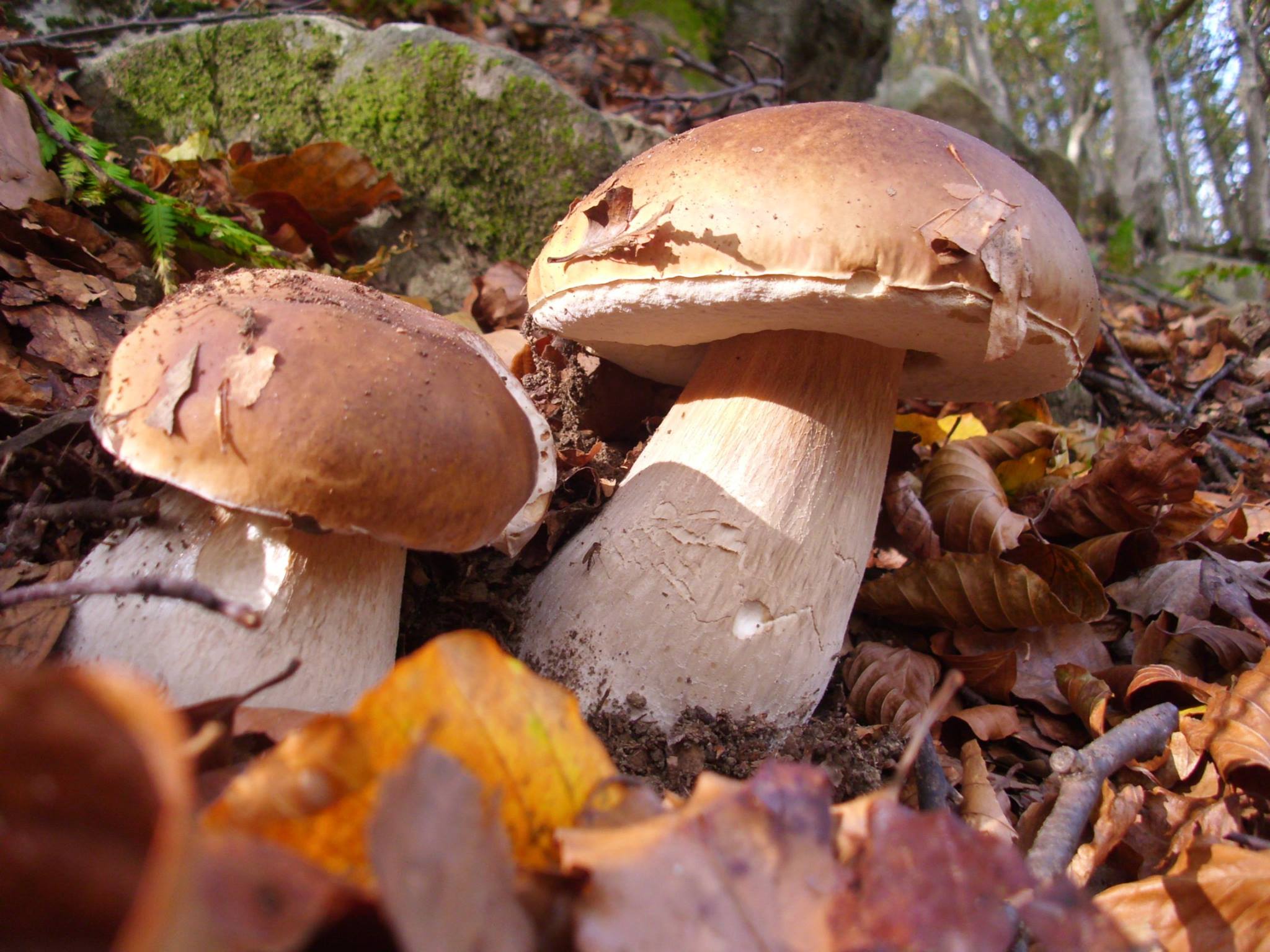
If Bobbio is the most important centre in the Trebbia Valley, Borgo Val di Taro (also called Borgotaro) dominates the valley of the same name in the province of Parma. A mountain village dating back to Roman times, Borgotaro delights visitors with its historical buildings, Romanesque churches and the ruins of an ancient castle.
Its buildings also house a delicacy known throughout the region: the Borgotaro PGI mushroom, a species (or rather 4) that grows in the woods near the village, the star of a popular September festival as well as a museum. The mushroom in Borgotaro can be enjoyed in many different ways and recipes, from the trifoliated version to that preserved in oil, from omelettes to savoury pies, but also as a sauce for fresh pasta.
Carpineti (Reggio Emilia) - Barzigole
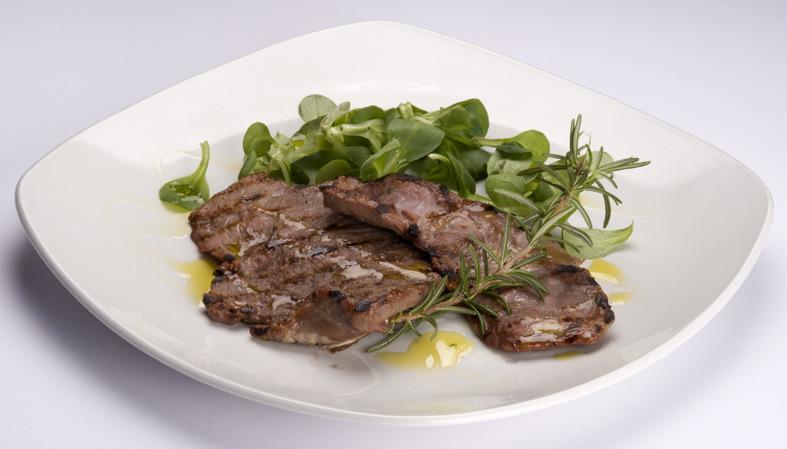
Let us move on to the Reggio Emilia area to taste an ancient speciality typically enjoyed in the valley of the Tresinaro torrent, the hilly area that includes the municipalities of Carpineti, Baiso and Viano. And it is precisely from Carpineti that our tasting of sheep steaks begins (the so-called barzigole), a second course that is as simple as it is tasty.
This part of the Reggio Emilia territory still preserves the tradition of Byzantine origin – a unique case in Emilia – of eating sheep meat. After a visit to the remains of the castle watching over Carpineti (Countess Matilde di Canossa’s favourite residence and vantage point), it is worth trying this cut of meat. Seasoned with a mixture of garlic, rosemary and salt for several hours, the barzigole are grilled and served with a drizzle of oil.
Vignola (Modena) - Cherries
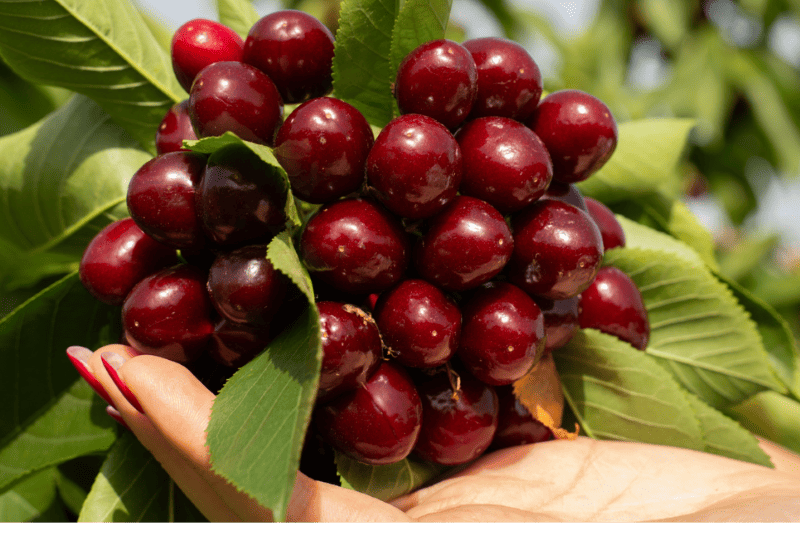
If every town had a taste, Vignola would be sweet and juicy just like its cherries. This fruit has been cultivated here since the 19th century and is now available in two main varieties: the crispier duroni and the softer tenerine. Besides celebrating them with an early summer festival (Vignola è tempo di ciliegie), the town pays homage to its PGI product with sweet and savoury recipes. The latter include, for example, game with cherry sauce.
While its excellent cherries are worth the trip in itself, Vignola also boasts a rich artistic and historical heritage. This includes its medieval Rocca and Palazzo Contrari – Boncompagni, which preserves the not-to-be-missed spiral staircase by Jacopo Barozzi.
Castel del Rio (Bologna) - Chestnuts
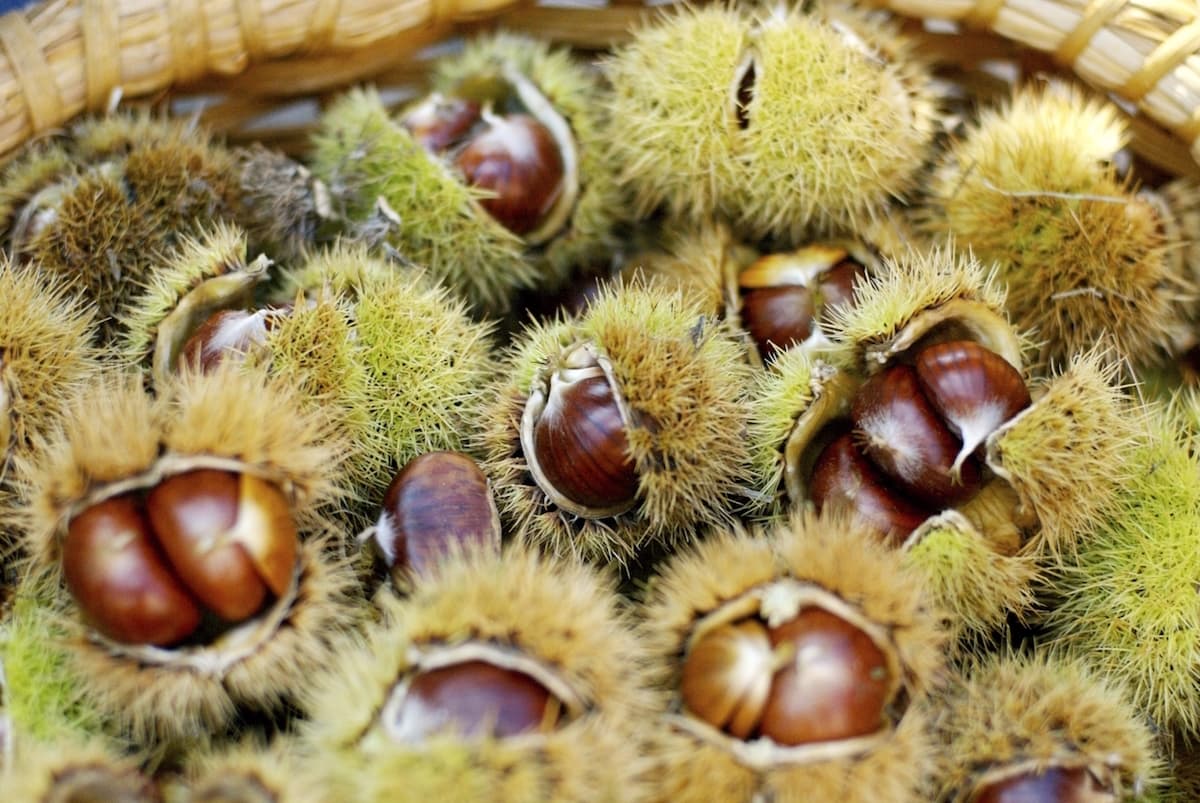
Castel del Rio has plenty to offer to history, nature and, of course, good food enthusiasts. Surrounded by mountains, the village lies in the Santerno Valley, about 25 kilometres from Imola. Its landmark is the humpback bridge called Alidosi, which, like the palace of the same name (now home to the Museum of the War and the Gothic Line), testifies to the ancient rule of the Alidosi family over this territory.
Another important symbol of the village is the Marrone di Castel del Rio PGI chestnut, a delicacy that has been harvested and consumed here for centuries.
Sweeter and larger than other types of chestnuts, the marrone is the main ingredient of desserts such as castagnaccio, but it is also used as a filling for capaltaz, a type of local fresh pasta, and to flavour meat dishes.
Not to be missed is the Sagra del Marrone festival, held every year in autumn.
Comacchio (Ferrara) - Eels
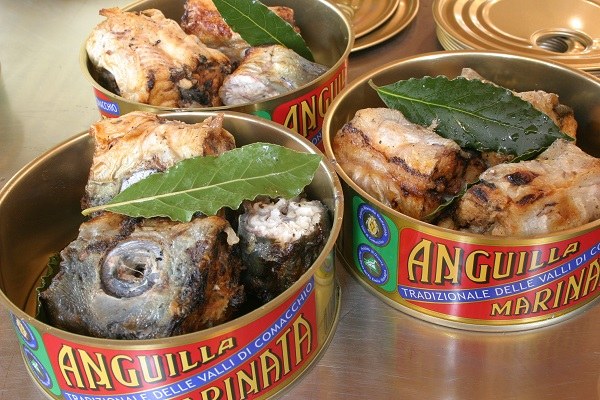
Comacchio, town of bridges, canals and eels. In the so-called little Venice, the eel tradition is rooted in a distant past. Still today, the ancient rituals associated with the well-known Slow Food presidium are repeated just as they once were.
Fished in the valleys near Comacchio, the eel is marinated in vinegar to preserve it for a longer time, or directly skewered and roasted in the oven. A speciality with a strong flavour, which can be enjoyed as a second course, but also as a sauce for a good risotto.
If you want to discover the secrets of its processing and its centuries-old history, you should visit the Manifattura dei Marinati and its Sala dei Fuochi, housing the fireplaces where the eels are still roasted today.
Once you know everything about this “fish of the valley”, our advice is to get lost among the city’s canals in search of its most iconic sites: the famous Trepponti, the Antica Pescheria and the Museo Delta Antico archaeological museum.
Brisighella (Ravenna) - Extravergin Olive Oil

Fancy a colourful little village set in a bucolic landscape? Let’s move on to the Ravenna hills for a trip to the charming Brisighella, one of the most beautiful villages in Italy.
Wandering through its alleys, you can easily notice the three hills overlooking it from above, where the Clock Tower, the Rocca Manfrediana and the Santuario del Monticino stand: three lovely vantage points over the surrounding landscape, marked by the silvery green colour of the olive leaves.
Indeed, olive oil has been produced in Brisighella since Roman times. Today awarded PDO status, the “Brisighello” oil boasts a fruity flavour with spicy notes and a beautiful emerald green colour with golden hues. You can either taste it on its own on a slice of unsalted bread, or try it in combination with meat and fish dishes, perhaps during the November Olive Oil Festival or a walk among the olive trees in the Brisighella Open-air Oil Museum.
Before leaving the town, do not forget to walk along the Via degli Asini, a very special street that winds its way inside the buildings, in an elevated position.
Bagno di Romagna (Cesena) - Tortelli alla Lastra
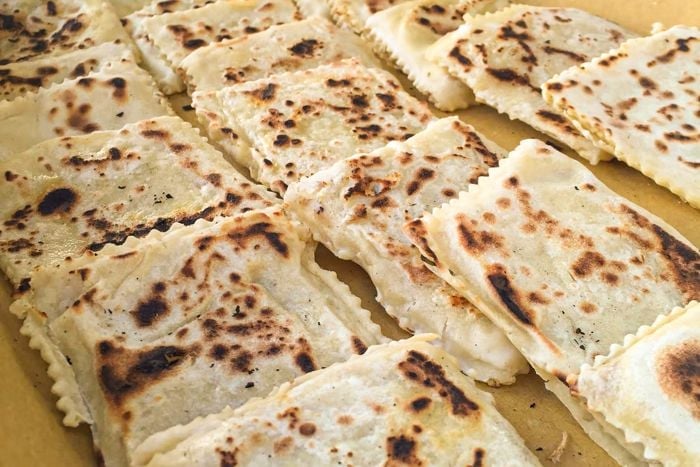
There are many reasons to visit Bagno di Romagna. The beneficial waters of its hot springs (known since the 3rd century B.C.) make it an ideal destination for a wellness break, while the nearby Casentinesi forests and the Apennines, a paradise for nature lovers.
But the food and wine are no less so. This is the home of raviggiolo cheese, basotti (tagliolini baked in broth) and tortelli alla lastra, a delicious, generously sized pasta, typical of this corner of Tuscan Romagna.
Similar to a calzone but rectangular in shape, the tortelli are filled with pumpkin, potatoes, lard, onions and pecorino cheese. After cooking on an earthenware baking tray, they are usually eaten as a main course or appetiser.
Sant'Agata Feltria (Rimini) - White Truffle
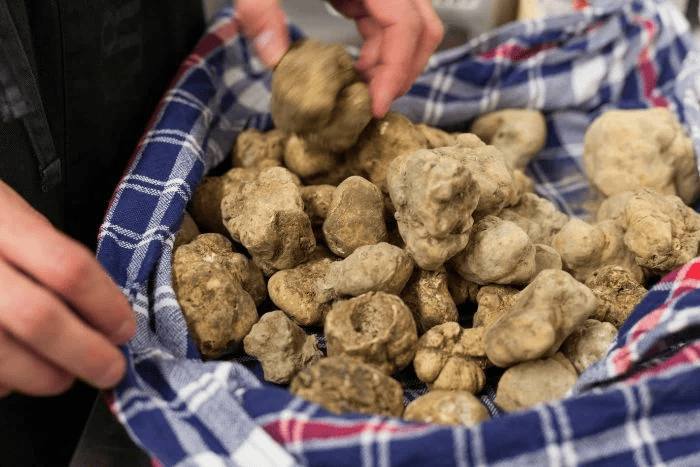
Let’s conclude our food journey with a stop in Sant’Agata Feltria, located in the Rimini hinterland. Its amazing fortress, the lovely streets of the old town and unique sights such as the Angelo Mariani Theatre, entirely made of wood, make the village one of the most fascinating places in Montefeltro.
Visitors cannot help but indulge in its fairytale atmosphere as well as the flavours of its territory. Absolutely not to be missed is the experience of the Sant’Agata Prized White Truffle, a delicious product harvested in the woods surrounding the village, and celebrated every year in October during the Fair of the same name.
Author

Maria Grazia Masotti
An eternal dreamer, but I try to stay grounded. I was raised in the countryside but I love big cities. I’m always ready for a trip, as long as it’s sustainable.
You may also like
Il Formaggio di Fossa: storia, rito e gusto di un inconfondibile DOP
by Elisa Mazzini /// October 31, 2011
[Parlami di tER] Barzigole, secondo reggiano per Pasqua
by Redazione locale Appennino Reggiano /// March 26, 2021

Interested in our newsletter?
Every first of the month, an email (in Italian) with selected contents and upcoming events.
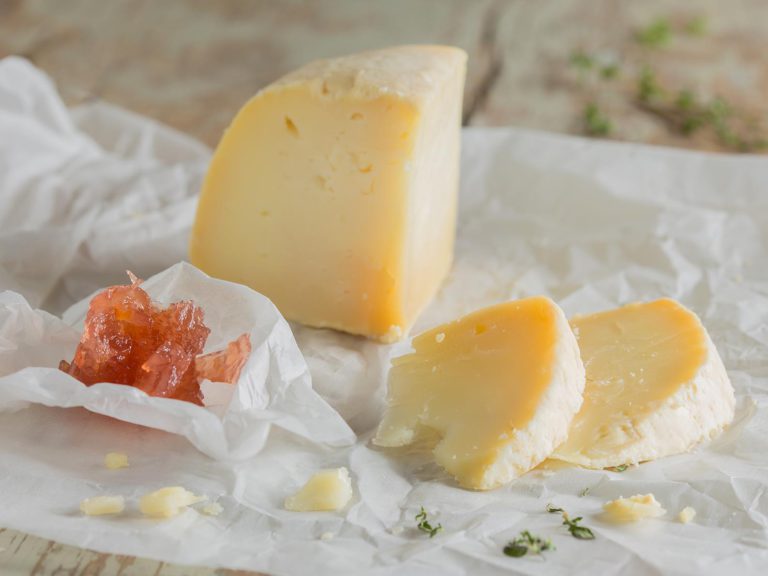
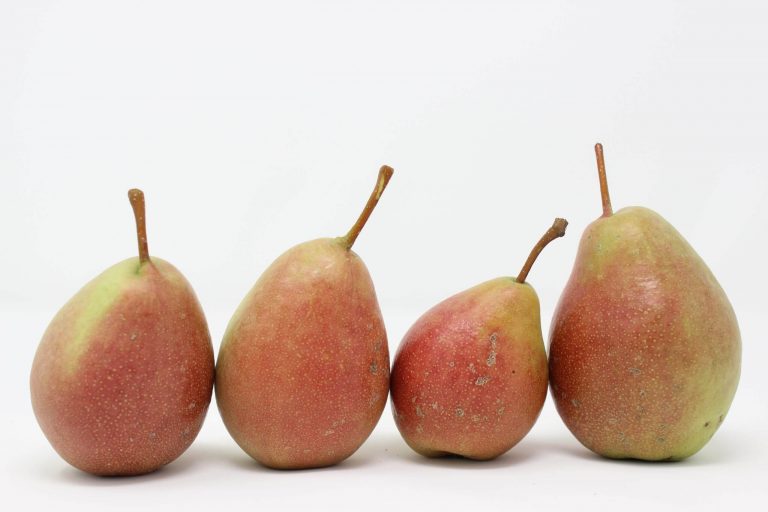
![[Parlami di tER] Barzigole, secondo reggiano per Pasqua](https://www.travelemiliaromagna.it/wp-content/uploads/2021/06/Barzigole-reggiane-ph.-tipicoatavola.it-CC_BY_NC_SA-3.0-768x438.jpeg)